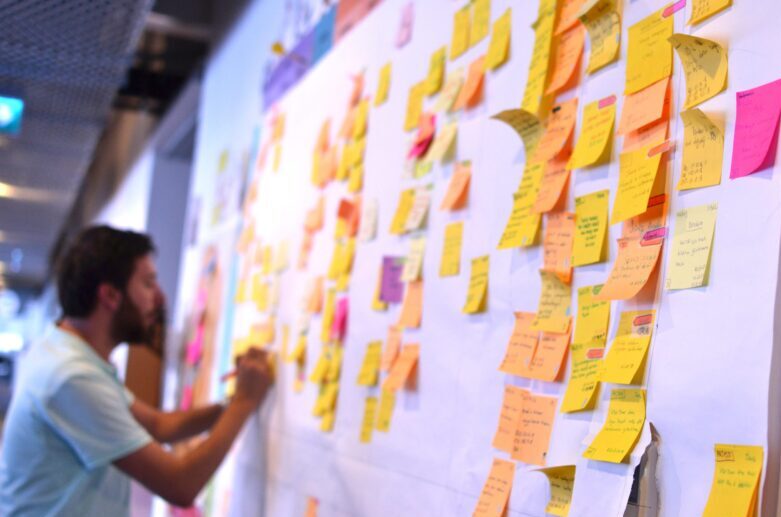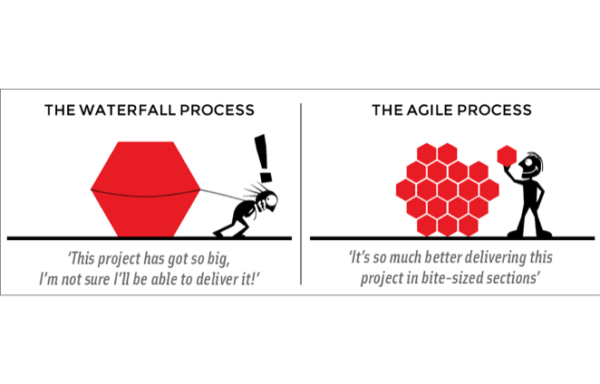Benefits of Using Agile Project Management
Agile is perfect for any project that requires a series of versions or iterations that need to be reviewed and improved on until the final product is ready for prime time. For example, instead of waiting six months for a deliverable that is either flawed or no longer meeting the current requirements, Agile lets you produce a first draft within as little as two weeks (or less) for immediate feedback – and from here you can improve upon each version until it’s complete.
There are a lot of benefits to using Agile. In the project management field, Agile provides project teams, sponsors, project leaders and customers many project-specific benefits, including:
- More rapid deployment of solutions. Agile lets teams deliver a prototype and improve upon it with every cycle.
- Reduced waste through minimization of resources. This fast and flexible process increases productivity.
- Increased flexibility and adaptability to change. Teams can manage to shift priorities more effectively.
- Increased success through more focused efforts
- Faster turnaround times. Agile lets teams deliver a prototype and improve upon it with every cycle.
- Faster detection of issues and defects. Agile supports regular and collaborative troubleshooting.
- Optimized development processes
- A lighter weight framework
- Optimal project control. The inherent collaborative nature of Agile improves project visibility.
- Increased focus on specific customer needs. Teams can make quick-course corrections based on stakeholder feedback.
- Increased frequency of collaboration and feedback from each version or iteration
Both methodologies are valuable however each of them may be better suited for certain types of projects. The Waterfall model is a strict process of phases and is generally best suited for projects that have clearly defined development requirements and have a minimal chance of changing in the testing stage. The Agile Model is a more flexible and collaborative process because it allows for the requirements to evolve as the development progresses.
Discover more about Agile Project Management and get certified Here



